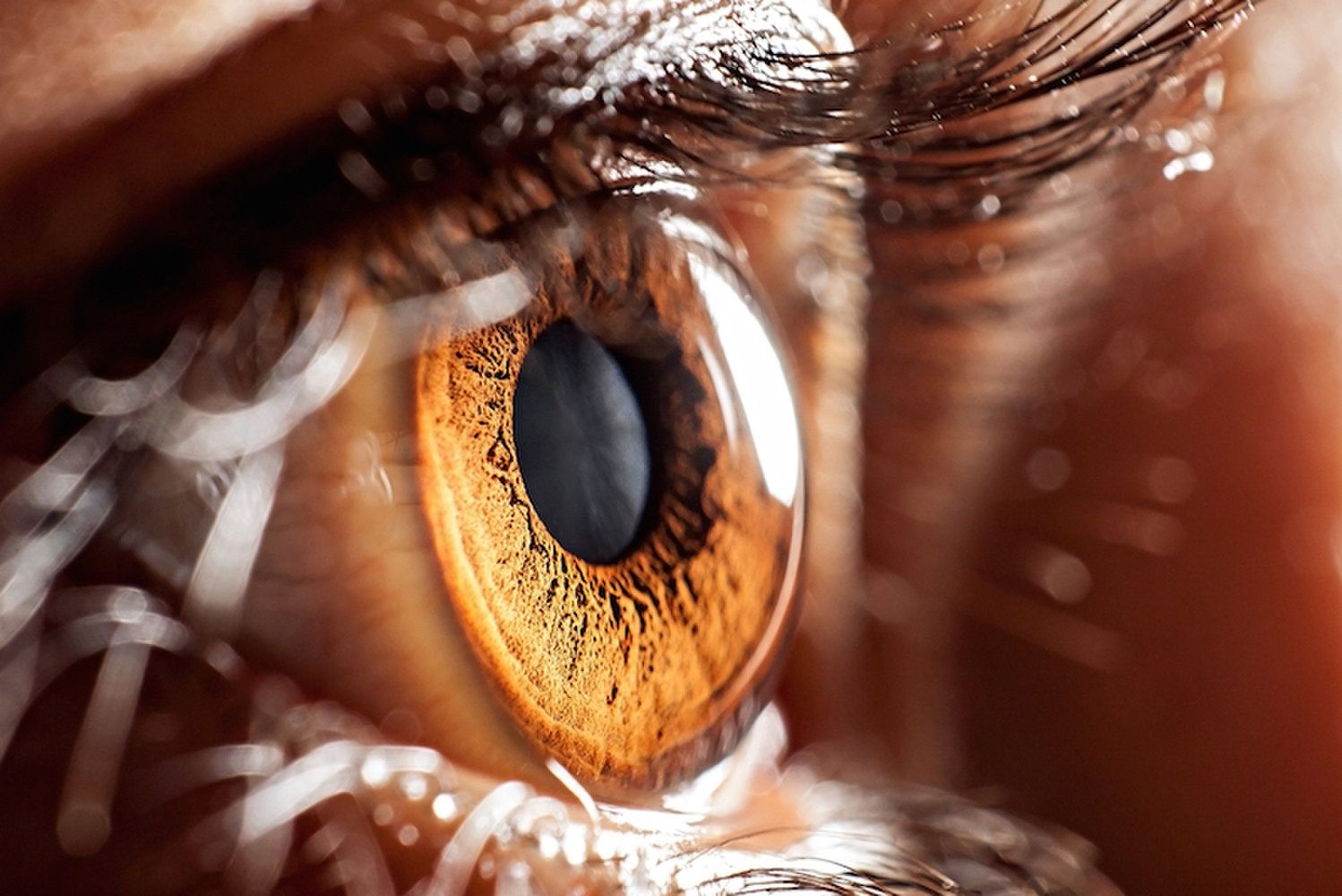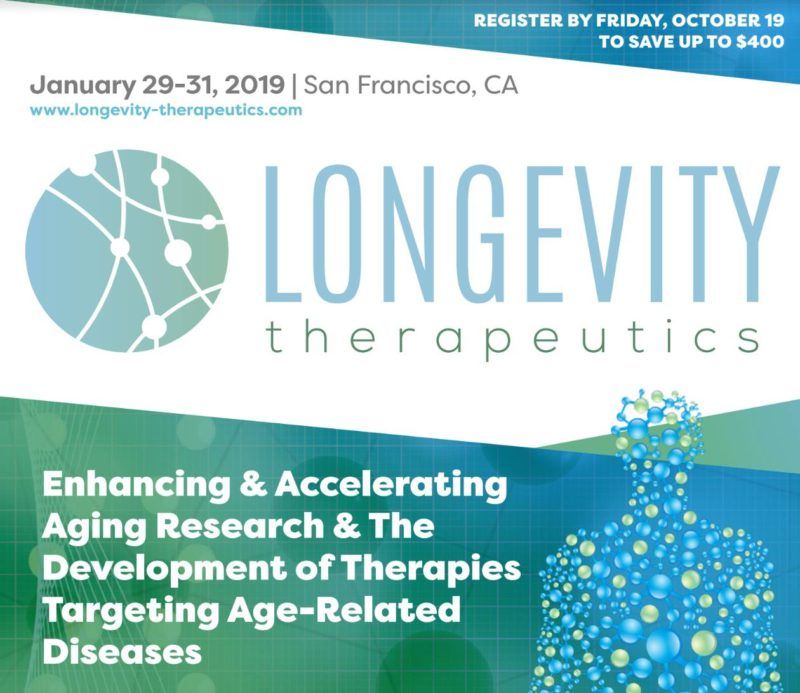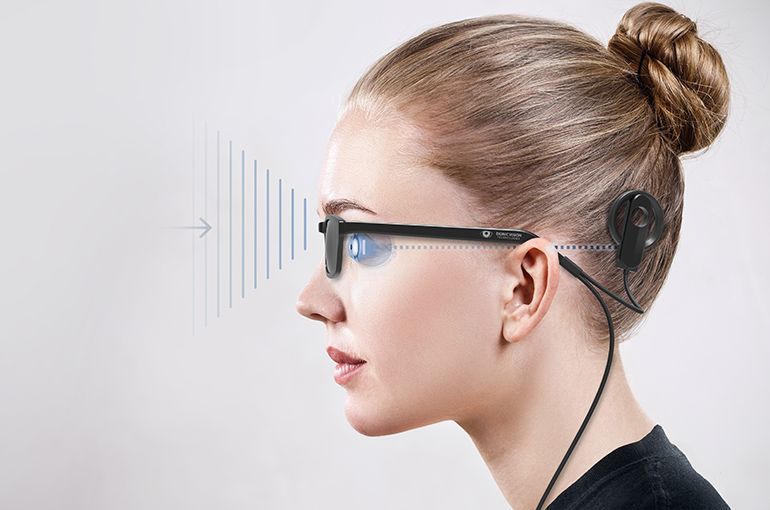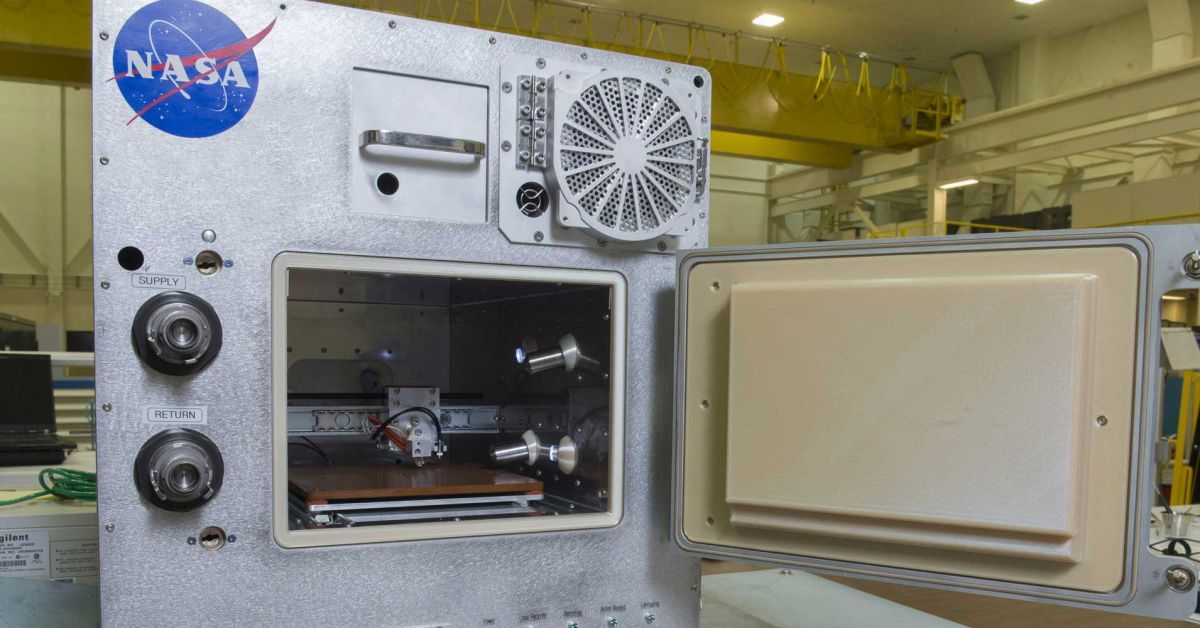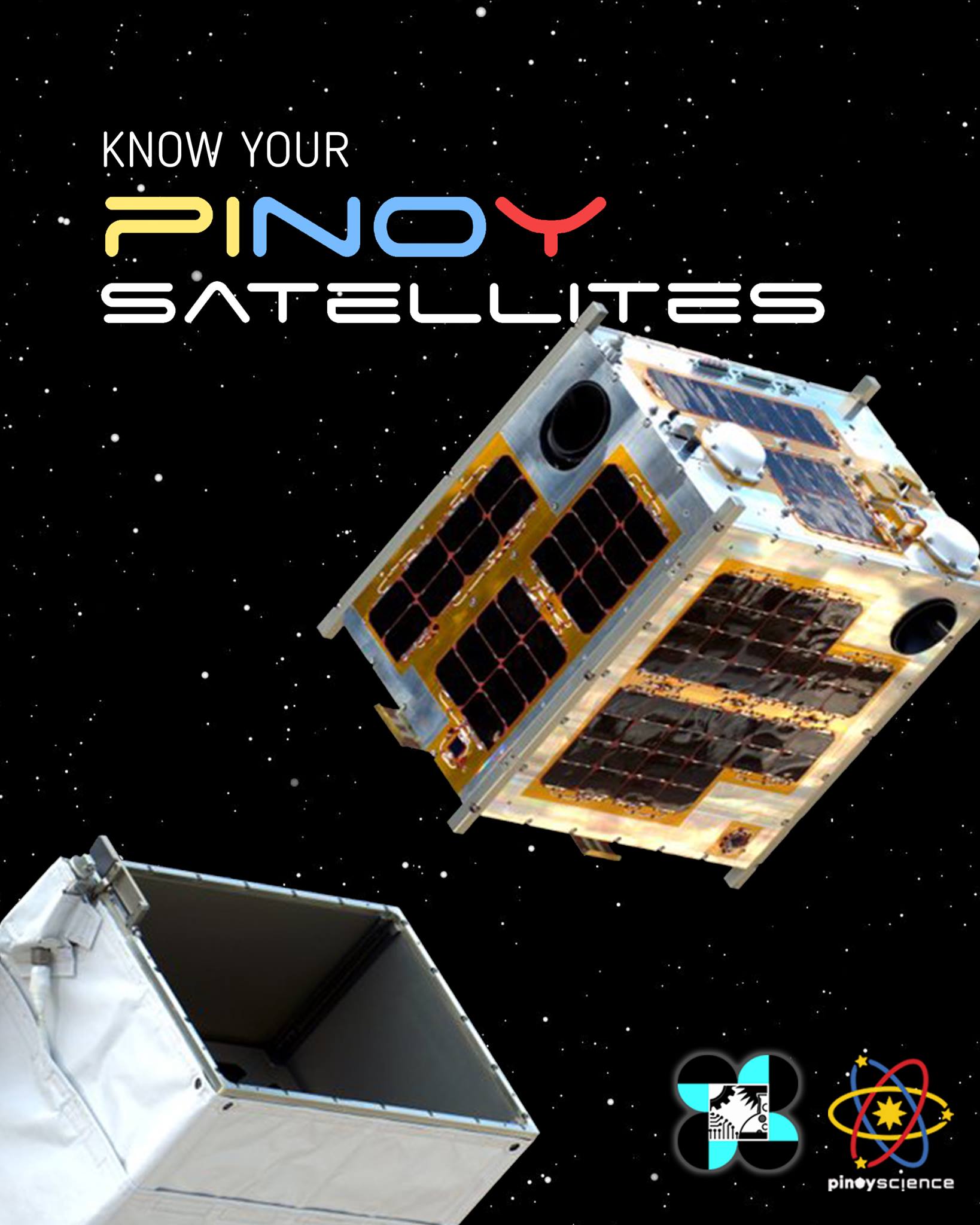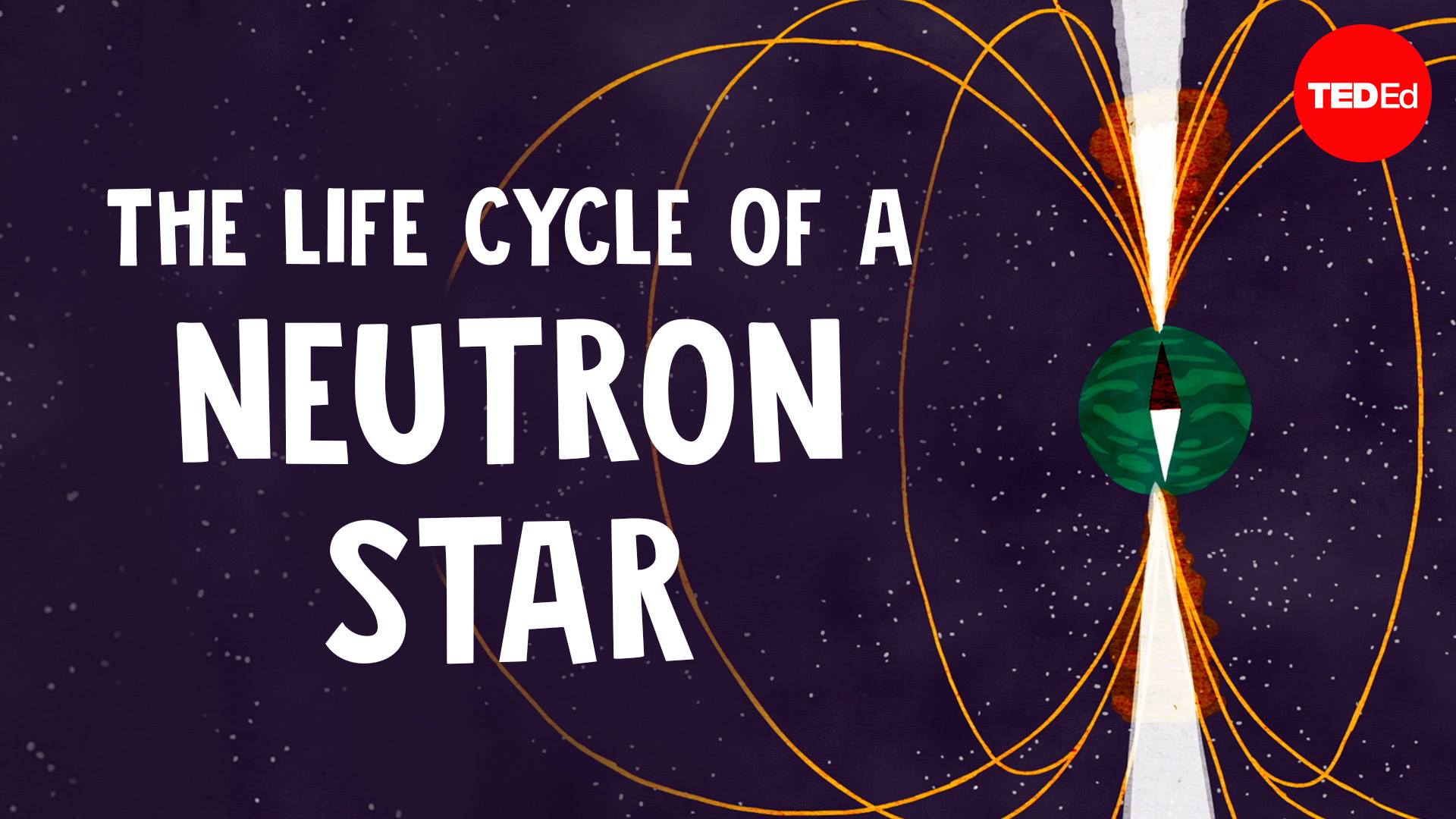Melting gold normally requires temperatures upwards of 1,064° C (1,947° F), but physics is never quite that simple. A team of researchers has now found a way to melt gold at room temperature using an electric field and an electron microscope.
People with the rare and fatal brain disorder Creutzfeldt-Jakob disease (CJD) show signs of the disease in their eyes, according to a new study.
The study found evidence of prions — the infectious proteins that cause the disease — in the eyes of nearly a dozen patients with CJD.
The findings suggest that patients’ eyes could potentially provide a “window” to the brain that may help researchers diagnose the disease early, if new eye tests are developed. [’Eye’ Can’t Look: 9 Eyeball Injuries That Will Make You Squirm].
On January 29–31, 2019, the Longevity Therapeutics Summit is happening at the Argonaut Hotel in San Francisco, California. The conference is a great networking opportunity with some leading names in aging research giving talks during the event.
This will be a two-day conference plus a pre-conference workshop hosted by our good friend Kelsey Moody from Ichor Therapeutics. During the workshop, Kelsey will be giving his personal insights into launching and developing a successful biotech company, particularly the challenges faced in the field of rejuvenation biotechnology. This is sure to be a highly informative workshop and well worth your time, especially if you are interested in launching your own company in this field, but even if you are not, it may still prove interesting to learn about this challenging industry.
This conference aims at bringing together leading figures in biology, biotechnology, omics, investment, and other fields in order to discuss how to further accelerate progress in aging research so that the time between basic research and clinical use is as short as possible.
Bionic Vision Technologies, a firm based in Australia, has announced that its bionic eye system has been used to restore a “sense of sight” to four completely blind people suffering from retinitis pigmentosa. The findings from the study, which was performed at Royal Victorian Eye and Ear Hospital in Melbourne, were presented at the Royal Australian and New Zealand College of Ophthalmologists Scientific meeting.
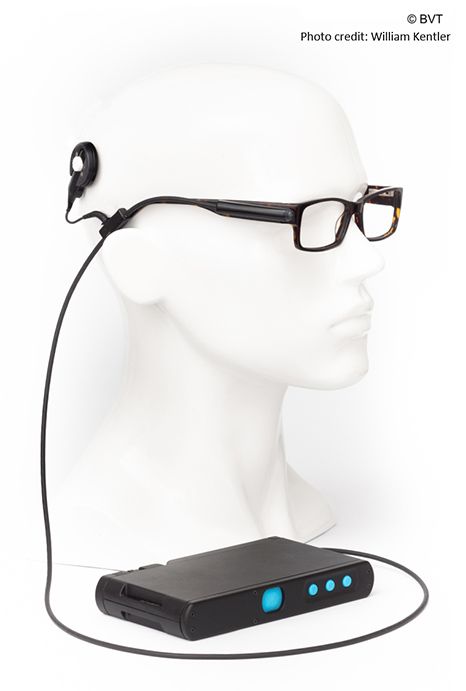
Unlike previous studies of the technology that were limited to in-lab use, the four patients were able to use the system in their everyday environments.
The company will have to wrestle more seriously with ethical questions as it expands into new industries and countries. These include Japan, where it’s making road-tracking software to help steer driverless Hondas, and the U.S., where its New Jersey health lab is developing cancer detection software. It’s also working to bring interactive games to livestreamers in Southeast Asia, teaming up with the popular app Bigo.
SenseTime, the world’s most valuable AI startup, aims to bring its smarter-cameras-everywhere model, well, everywhere.
The life cycle of a neutron star
Posted in cosmology
Twenty years ago today, construction began on the greatest international science and engineering project in human history — the International Space Station. In case you missed it, we celebrated the occasion by talking to the crew currently living and working in space. Take a look: https://go.nasa.gov/2qVKqt9 #SpaceStation20th
Image of the Day
Posted in climatology, sustainability

